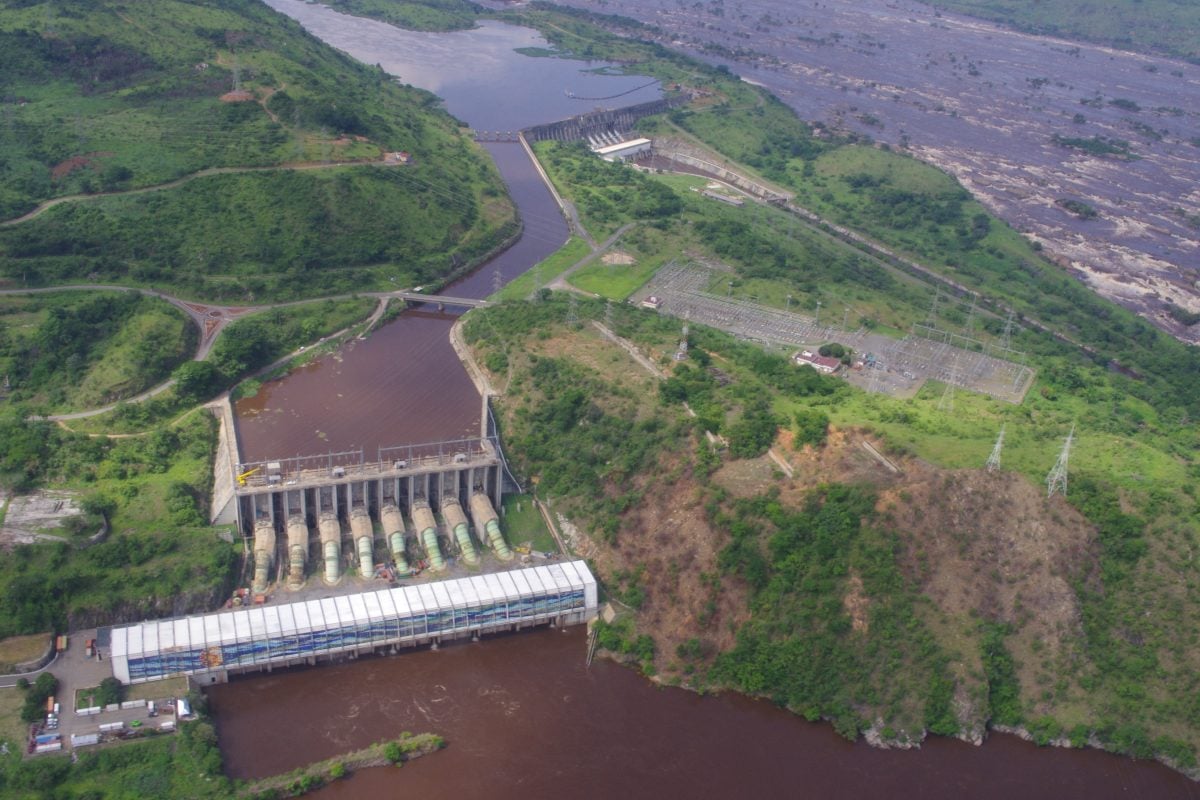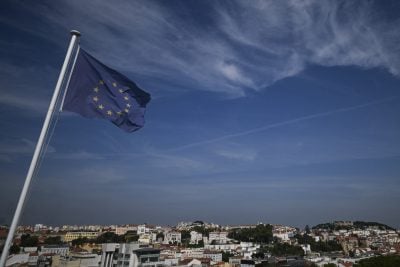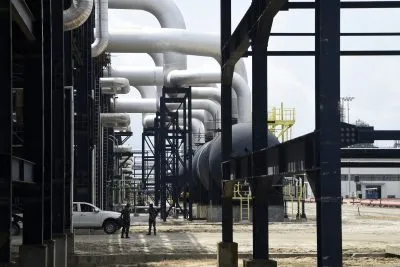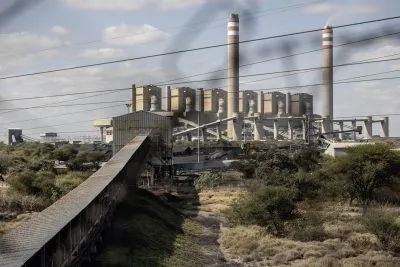The World Bank announced last week that it will spend an initial $250m to help lay the groundwork for the enormous Inga 3 hydropower scheme in DR Congo, as part of a planned $1bn investment to help get the long-delayed project up and running.
Albert Zeufack, the World Bank’s division director for DR Congo, told African Business that building the dam will help address the country’s “dramatic” lack of electricity access. At present, just 21% of the Congolese population has an electricity connection, meaning more than 80 million people in the country live without power.
Inga is already home to two hydropower projects, completed in the 1970s and 80s, and could emerge as the African continent’s most important energy hub. In theory, up to 42 GW (more than ten times DR Congo’s current power capacity) could be harnessed from the Congo River at the site of the Inga Rapids. Of this, the World Bank believes 3 GW to 11 GW could be tapped in the next phase of the scheme, known as Inga 3. On paper, this power promises to dramatically extend electricity access across DR Congo, provide power to the critical minerals industry, and even allow DR Congo to export green electricity to its neighbours.
The need for more power is obvious. But, like all large hydropower projects, building Inga 3 will come at a considerable environmental and social cost.
“We’re concerned, of course, about the impacts on the fish and the endangerment of biodiversity within that basin as a whole,” says Siziwe Mota, Africa program director at campaign group International Rivers.
She adds that the filling of the dam’s reservoir would engulf forests and farmlands, leading to methane emissions as organic matter rots. And, once the reservoir is filled, Mota warns that high rates of evaporation would reduce the dam’s electricity generating potential, especially during drought periods.
Mota also points out that previous studies have suggested that around 37,000 people would have to leave their homes to make way for the dam and its reservoir. The exact number likely to be affected will depend on the scale and design of the scheme, but there is no doubt that displacement will be “significant”, she says.
The World Bank, however, is convinced that the benefits will outweigh the costs. Zeufack suggests building the dam could be the “best way” to save rainforests in the Congo Basin, which are currently under threat due to demand for charcoal for use in cooking. Using cheap and green electricity from Inga to replace charcoal would have a “clear environmental benefit”, he says.
Better options?
Aside from the social and environmental issues, there is also a question of whether pursuing Inga 3 is really the best – and fastest – way to extend electricity access in DR Congo.
Although the Congolese government is framing Inga as being aligned with ‘Mission 300’, the pan-African agenda to extend electricity to 300m people by 2030, there is no chance that the scheme could be producing power within 5 years.
Zeufack acknowledges that “at best” electricity from Inga 3 would come onstream in 8-10 years. Even this is optimistic. The only hydropower project of a comparable size in Africa, the 6 GW Grand Ethiopian Renaissance Dam, is only now nearing completion after 14 years of construction.
Solar projects, by contrast, can often generate power within months of an investment decision being made. Solar-based mini-grids, designed to serve rural communities or isolated facilities such as mine sites, also do not require the large-scale transmission and distribution infrastructure needed to move power from generating facilities like dams.
“There are definitely better options for energy for the majority of the citizens who lack electricity,” says Mota. Studies suggest DR Congo could generate 60 GW from solar sources, she notes, adding that micro-hydro projects could also be a better way to meet the needs of remote communities.
The real purpose of Inga, Mota suggests, is to provide power for the mining industry, along with urban areas and other African countries that are willing to purchase electricity from the scheme. South Africa has a longstanding interest in importing power from Inga, despite the huge costs of constructing the necessary transmission infrastructure.
Asked whether the World Bank would not be able to make better use of its funds with smaller scale projects, Zeufack insists that the bank is investing in a range of energy access programmes in DR Congo.
“We are actually spending a lot of money on renewables, on solar, on mini-grids,” he says. “DRC is so big that not a single source of energy would suffice.”
But Zeufack argues there is “no alternative to Inga” as a project that could generate huge quantities of power from a single site. He does agree that demand from the mining industry is an important justification for the project. Presently, he points out, DR Congo is producing many of the critical minerals needed for the energy transition, yet mining companies in the country often use the most highly-polluting types of fuel to power their operations.
Next steps
Inga 3 has been on the drawing board since the 1990s. The World Bank previously announced funding for the scheme in 2014, only to withdraw two years later citing “strategic differences” with the Congolese government.
The $250m allocated by the World Bank will help finance the various studies that are needed before a design for the scheme is finalised. The funding will also help cover local electricity generation projects and training programmes that are intended to benefit Kongo Central region even before construction begins.
The World Bank’s funding will not pay for construction of the dam itself, however. The total cost of the project is highly uncertain at this stage, although there is no doubt that the bill will run into tens of billions of dollars
“We are in agreement with the government of DRC that the financing of the dam will be in the form of a PPP [public-private partnership],” says Zeufack.
“What is quite clear from our perspective, is that there is a strong appetite from all the development partners and from the private sector to get involved in financing.”
Want to continue reading? Subscribe today.
You've read all your free articles for this month! Subscribe now to enjoy full access to our content.
Digital Monthly
£8.00 / month
Receive full unlimited access to our articles, opinions, podcasts and more.
Digital Yearly
£70.00 / year
Our best value offer - save £26 and gain access to all of our digital content for an entire year!

 Sign in with Google
Sign in with Google 



